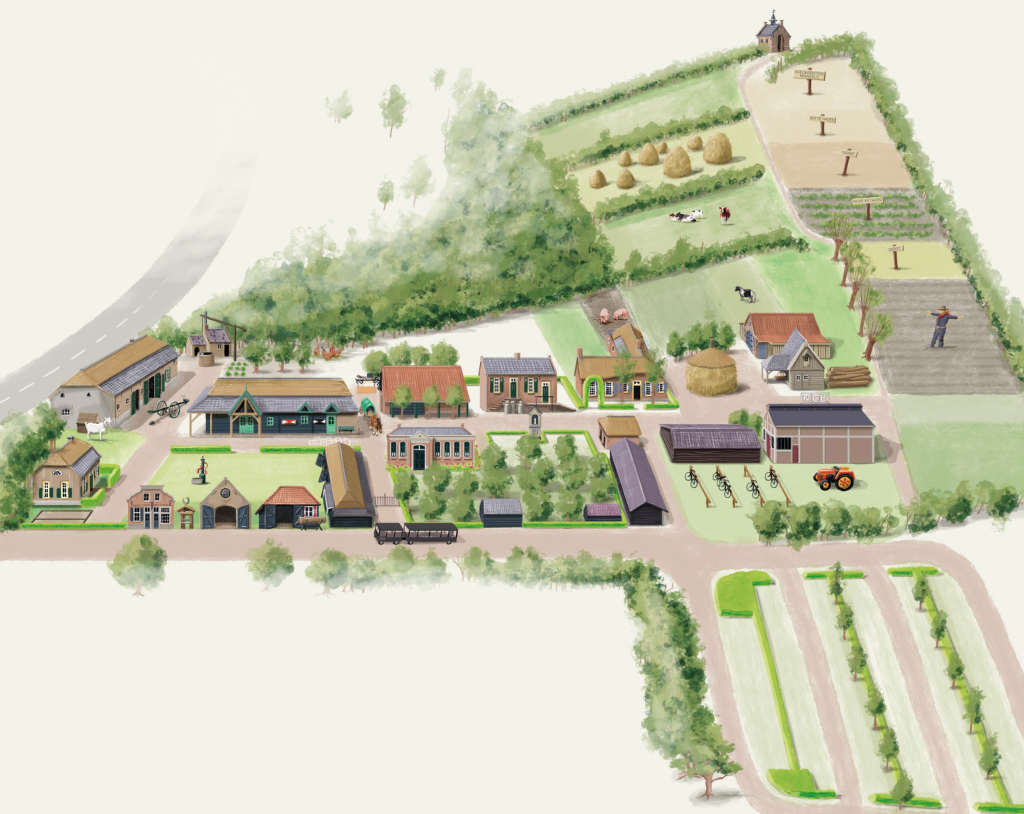
Machine clog factory
Between 1900-1940, the Netherlands switched from traditional clog makers to machine factories. In the Boerenbondsmuseum, the mechanical clog factory shows how clogs were made by machine. The machines in this clog factory come from clog maker Van Vlerken from Mierlo.
The transition from artisanal clog makers to machine clog factories in the Netherlands took place at the beginning of the 20th century, mainly between 1900 and 1940. This period marks an important evolution in the production of clogs, with machines largely replacing labor-intensive manual work. This led to faster production and the ability to produce on a larger scale.
Machine clog factories were mainly found in areas where a lot of clogs were traditionally made and where sufficient wood was available, such as in North Brabant, Gelderland and Overijssel.
The machining factories were equipped with various woodworking machines, including lathes, milling machines, and cutting machines. These machines were often powered by steam engines or later by electricity, which was a big step forward from the manual tools of the artisan clog makers.
As with the artisanal production, the clogs were mainly made of poplar or willow wood. These woods were ideal because of their soft structure, which made it easier to work with and provided comfortable, durable clogs.
How does a machine clog machine work?
A suitable block of poplar wood is secured in the machine. A clog is also attached to this machine, which acts as a mold. A feeler “feels” the contour of the lump and controls the chisels, which chisel an identical lump out of the poplar log next to it. The machine can make any size clog by means of different sizes of mold clogs. Clogs are always made of wet, green, living wood. When the clogs are made, they go to the drying shed. When they are dry, they are neatly sanded smooth and painted. A small hole is drilled in each clog on the side, through which two clogs of the same size are tied together. This is how the clogs go to the customer.
In the Boerenbondsmuseum, the mechanical clog factory shows how clogs were made by machine and gives visitors an idea of the working environment and the techniques used. Demonstrations are also given of how they were used in the production process. The machines in this clog factory come from clog maker Van Vlerken from Mierlo.


Discover more of the museum
The first machine-made clog in the Netherlands
Before 1900, clogs were made exclusively by hand, but that changed from that year onwards. The young clog maker Coppens from Lieshout (father of the well-known photographer Martien Coppens) goes to the Paris fair and buys a machine that makes a ready-made clog from a block of poplar wood. This was the first clog machine in the Netherlands.
The very first machine-made clog in the Netherlands was donated to our museum by the Coppens family and now stands on display on the wall in this machine-made clog factory.




